Introduction of varieties in Guatemala Rosa Coffee Bean-Akatilan Fruit producing area and description of Flavor characteristics of Rosa Coffee
Professional coffee knowledge exchange more coffee bean information please follow the coffee workshop (Wechat official account cafe_style)
Rosa coffee has citrus, sweet but not sour fruit, honey, rich taste, is a favorite coffee, compared to Essel coffee, Rosa is more juicy, just like a cup of juice tea, very delicious, let people endless aftertaste.
Rosa was originally grown in the forests of Ethiopia, until it met the Emerald Manor in Panama, it became one of the most expensive coffee in the world and became more famous than the Blue Mountains. As a result, rosy summer coffee is also grown in various producing countries, such as Colombia, Guatemala, Costa Rica and, of course, Ethiopia, where the coffee originated. Because the climate is different from place to place, even in summer, the flavor of coffee will be different.
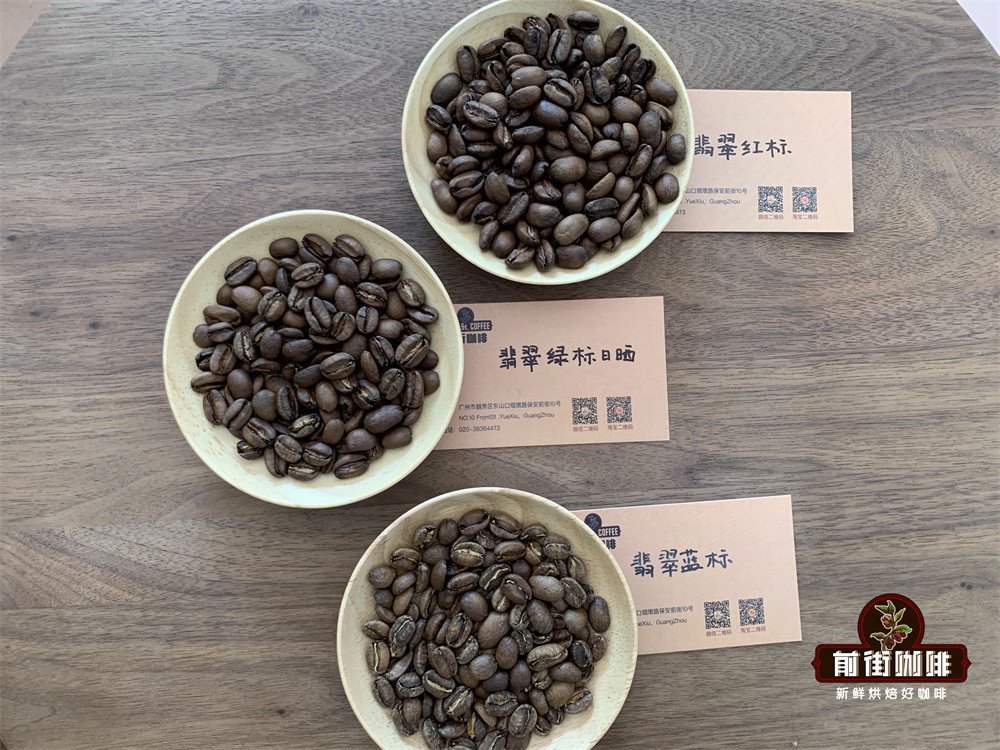
Because of this, the rosy summer coffee bought in front of the street is not only from the Panamanian Jade Manor, but also from other countries. For example: Colombian Flower see Rose Summer Coffee, Costa Rica Milasu Rose Summer blend Coffee, Panamanian Flower Butterfly Rose Summer blend Coffee and so on. In order to let more friends taste the flavor of rosy summer coffee, Qianjie specially takes Poquet rosy summer coffee from Pokuit in Panama as one of the rations beans.
Today we're going to learn about Guatemalan rosy summer coffee.
Located in the middle of North and South America, Guatemala, which occupies an important position in Central America, has a subtropical climate and a high-altitude volcanic topography. The mild climate and fertile soil create an excellent environment for growing coffee. Therefore, coffee is an important cash crop in Guatemala, and coffee raw beans account for about 40% of the country's total agricultural exports. It is precisely because of the high-altitude volcanic terrain of the environment in Guatemala that the end of the coffee in Guatemala will feel a little smoky. So, if someone asks you to recommend smoky coffee, you know what coffee beans to recommend.
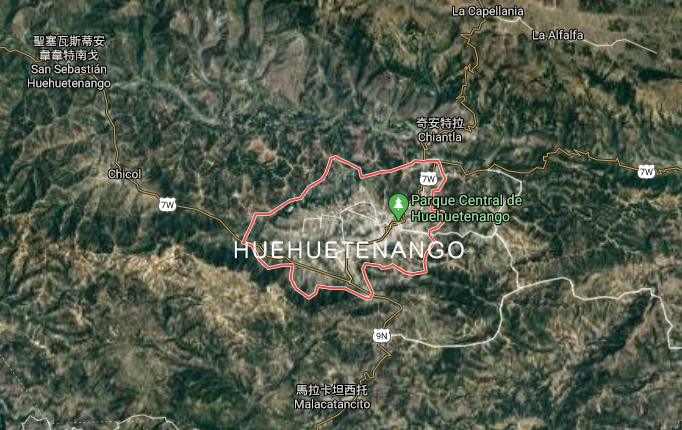
Guatemalan coffee producing area
Guatemala has eight coffee producing areas, all located on the upland topography of the subtropical climate, with rich and stable rainfall and fertile volcanic ash soil, making Guatemala a natural environment suitable for coffee cultivation. Each coffee producing area has a unique flavor. The most famous of these are Vivette South Fruit production area and Antigua production area.
Vivette Nanguo / Incht Manor
Among the three non-volcanic coffee producing areas in Guatemala, Vivette Nanguo is the highest and driest area.
Vivetta Nango is located at the foot of Cuchumatanes, the highest non-volcanic mountain in Central America. Thanks to the warm and dry air from Mexico, the coffee in this region is grown nearly 2000 meters above sea level and is not prone to frost. The growth environment at high altitude, coupled with the rich water resources in the region, makes the coffee produced by Vivette Nan fruit of good quality, the coffee produced is full of particles, clean and smooth flavor, bright acidity, and most of them have fragrant and transparent fruit flavor.
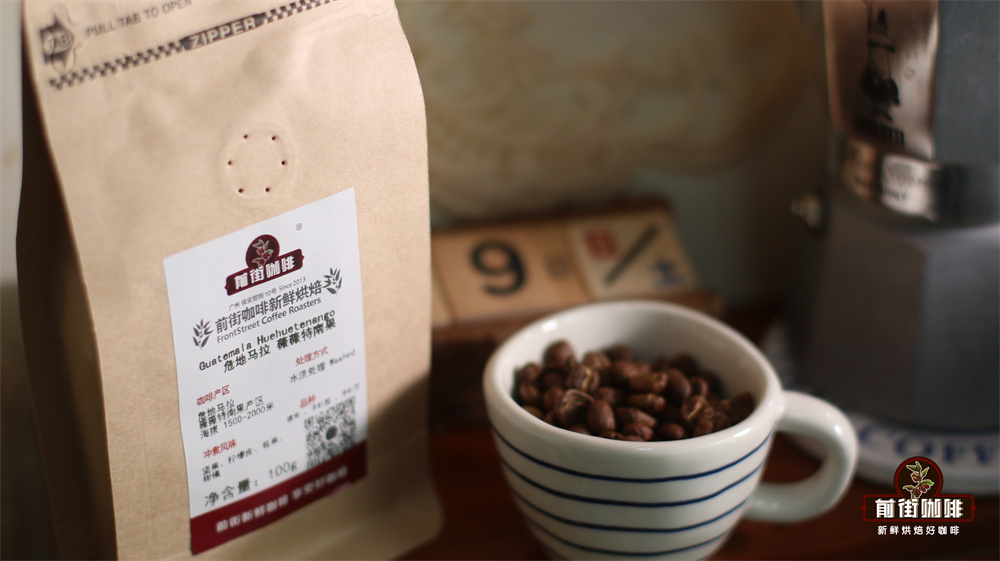
The Incht Manor, which has won many COE championships, is located on the Vivette Nanguo Plateau. The estate has been growing coffee since 1900 and is run by the Aguirre family. The manor retains a large area of pristine rainforest, covered with a large number of plants, and the average temperature is about 18 to 22 degrees Celsius. A large number of plants covered with shade, planting at high altitude and sufficient sunshine and pleasant temperature provide a unique living environment for coffee planting.
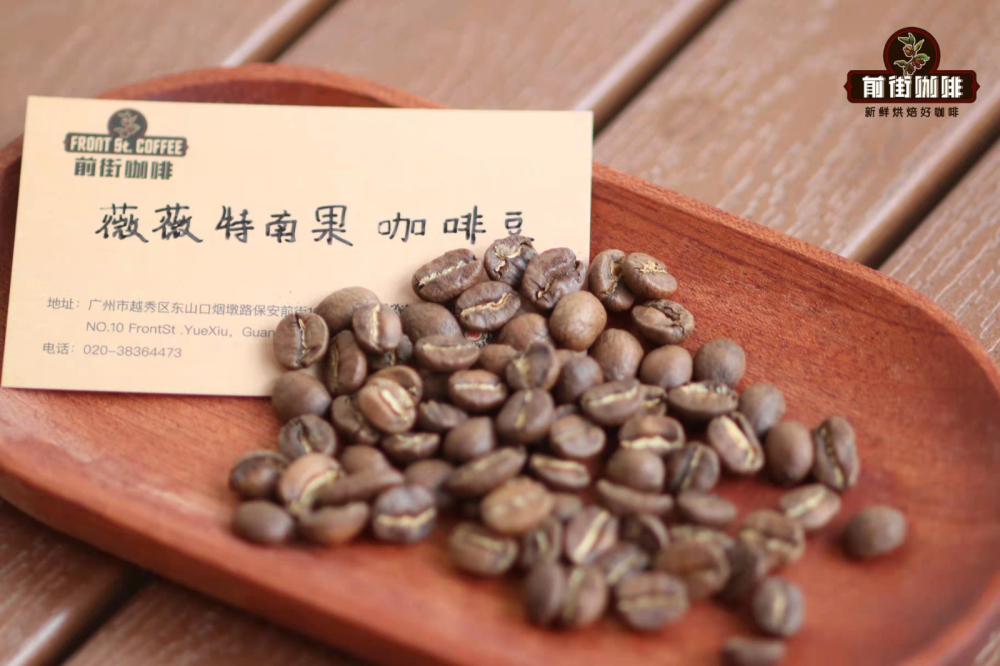
Coffee from one of the most famous coffee producing areas tastes of berries, lemon peel and sour fruit, and tastes thicker than Ethiopian coffee. Qianjie also chose the coffee from this producing area as the representative of Guatemalan coffee as one of the rations beans.
* Antigua Antigua:
The rich volcanic soil, low humidity, strong sunshine and cool night breeze are the characteristics of the Antigua area. Three spectacular active volcanoes-Yagua, Jacques and Fugua form a beautiful valley. Fugua active volcano adds haze and dust from time to time. The single Guatemalan Flower God Coffee on the front street comes from this producing area.
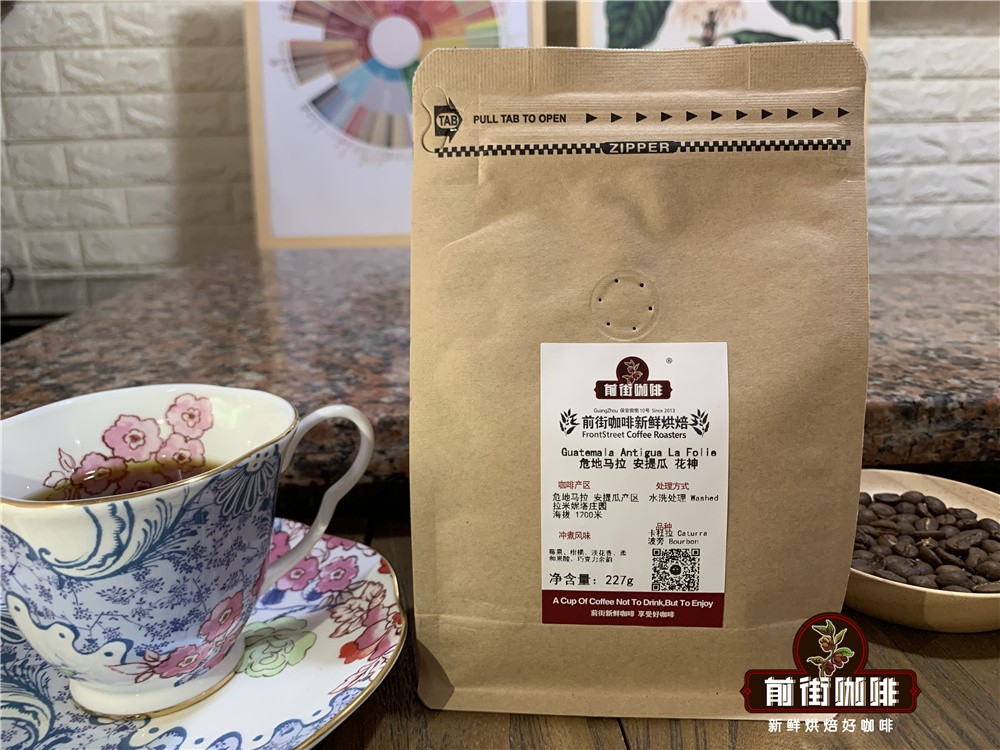
Guatemala Rosa-Akatilan fruit producing area (Guatemala Acatenango Gesha).
In 2007, Guatemala added the eighth coffee producing area, Acatenango Valley (R), which we translated into "Akatilang region".
Acatenango is located in Chimaltenango province, Guatemala. More than 5000 hectares of coffee farms in the region have fertile volcanoes, mainly located in two major volcanic mountains, and almost all have forests and shade trees. As can be seen from the above photos, almost all of the estates are shaded and planted, and the main varieties are bourbon and some Catuai and Caturra.
Akatilango two major volcanoes, Volcan de Fuego and Volcan Acatenango respectively, especially Acatenango is the third peak of Central American volcanoes, and across the Fuego volcano is the Yatitan Lake region. The annual rainfall in this area is 48 to 72 inches, and the average annual temperature is 14 ~ 31 degrees C. the temperature difference is large enough, so the density of beans is compact, which is helpful to the flavor. The coffee harvest season is mainly from mid-January to March. At present, the Kaqchiquels people still live in this area and maintain traditional farming methods; in total, there are about 4000 farmers in this area, and coffee cultivation dates back to 1880.
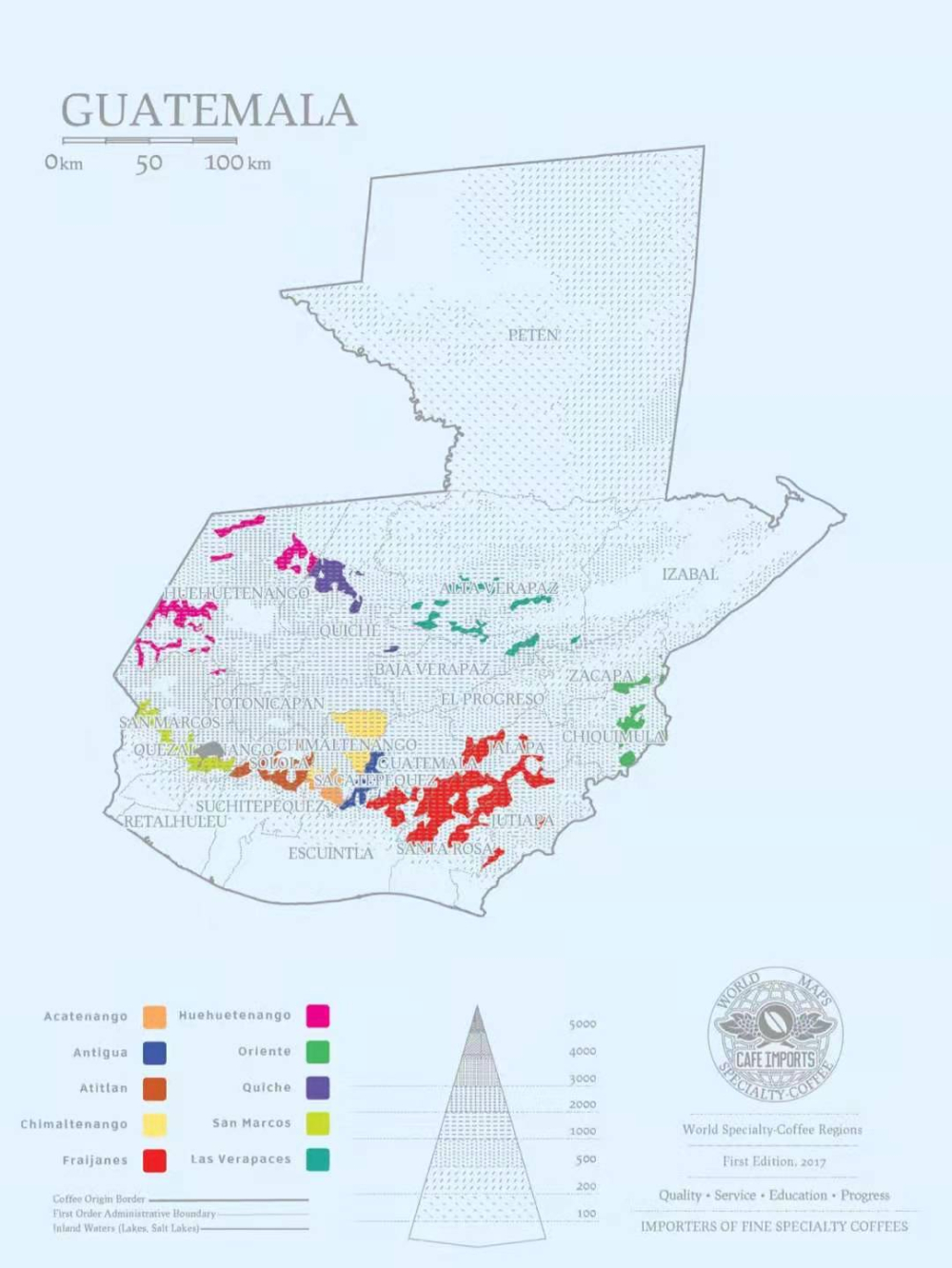
Guatemala Rose Summer Gesha is produced in a small estate in Acatenango, and is in the same batch as Sweet Maria's, a well-known raw bean merchant. Because of its high quality: floral aroma, tropical fruit, rich sweetness and other classic flavors of rose summer, Sweet Maria's has been buying Rosa Rosa in this area for several years. Acarnan Acatenango is located in the southwest of Guatemala, west of Antigua Antigua producing area, there is a well-known Akatel Nanguo volcano, Rosa Gesha is an ancient superior species of Ethiopia, belonging to the natural variety of Tibica Typica, as a result of an experimental project several decades ago was brought to Costa Rica, several estates obtained this coffee for small-scale trials to understand its advantages and disadvantages, k then spread to Guatemala, Panama and Colombia and other countries However, it was not until the Panamanian Emerald Manor tested the Gesha in separate batches that the special and excellent flavor of this variety was not known. Rosa won the championship in the best Panama competition in 2004, and the world did not know the unique and wonderful flavor of this coffee. The rich floral and fruity aromas seem to surpass the Yejia Snow Coffee half a world away.
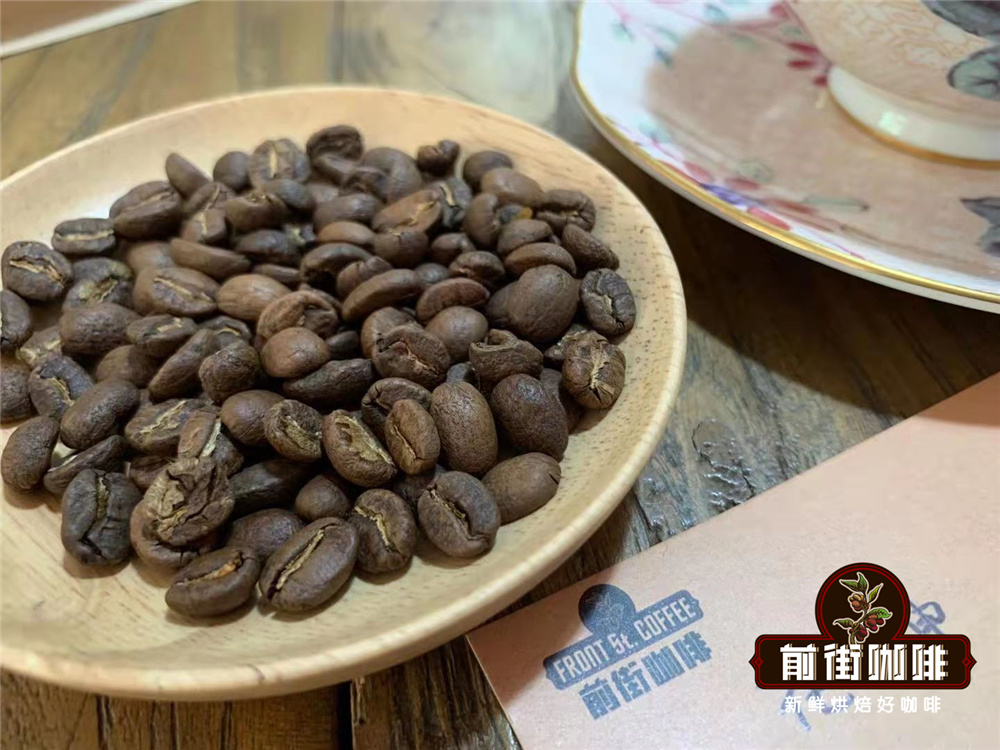
Akernan fruit rose summer flowers have a rich fragrance, it can be said to have the classic rose summer flavor: fresh perfume, honey sweet and complex multi-layer The light roasted dry aroma has long elegant floral aromas (white flowers such as jasmine), vanilla plants and tea, and some citrus and seedy fruits are sweet, and the wet aroma strengthens the flower aroma, just like a large bouquet of willow orange flowers in front of your nose, the flowers are also full of honey, and there are also some rose water and chrysanthemum tea fragrance, the taste of coffee will be slightly insipid at high temperature, but the flower and honey will be strongly developed at medium and low temperature. Fresh jasmine brings sweet and sour lime, scented herbal tea and sweet honey, as well as sweet and sour melons, lemons, oranges and bergamot, sour and bright fruits, both citrus and green apples. In addition to tropical fruit flavor, there are also fresh and cool vanilla plants and black tea flavor!
Treatment of Guatemalan coffee beans
Coffee treatment Guatemalan coffee beans are mainly treated by water washing.
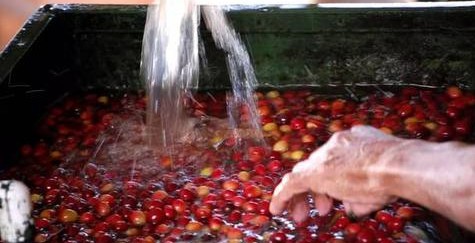
After harvest, the selected coffee cherries were put into the peeling machine, and the peel and pulp were removed initially. Then put the raw coffee beans with residual pectin into the water and ferment for about 24 hours. After fermentation, it is washed in a flowing tank, dried coffee beans or dried with the help of a dryer, and the moisture content is reduced to about 12%, then transferred to the warehouse, and finally the parchment of raw coffee beans is removed and waited for sale. This treatment can show a very clean taste. At the same time, Qianjie believes that washed coffee can best detect the basic flavor of a producing area, so this bean is also very suitable for coffee newcomers, marking the flavor of Guatemala origin.
Qianjie baking suggestion
There are two types of Guatemalan coffee in front street coffee, one is rations, the varieties of Vitella are bourbon, Kaddura and Kaduai, and the other is a single variety of Guatemalan Flower God coffee is Kaddura and Bourbon. The flavor of Guatemalan coffee beans itself has the tunability of nuts unique to Latin America, with a touch of floral aroma and soft fruit acidity. Qianjie uses medium-shallow baking techniques to preserve more flower and fruit aromas, clean and bright acidity.
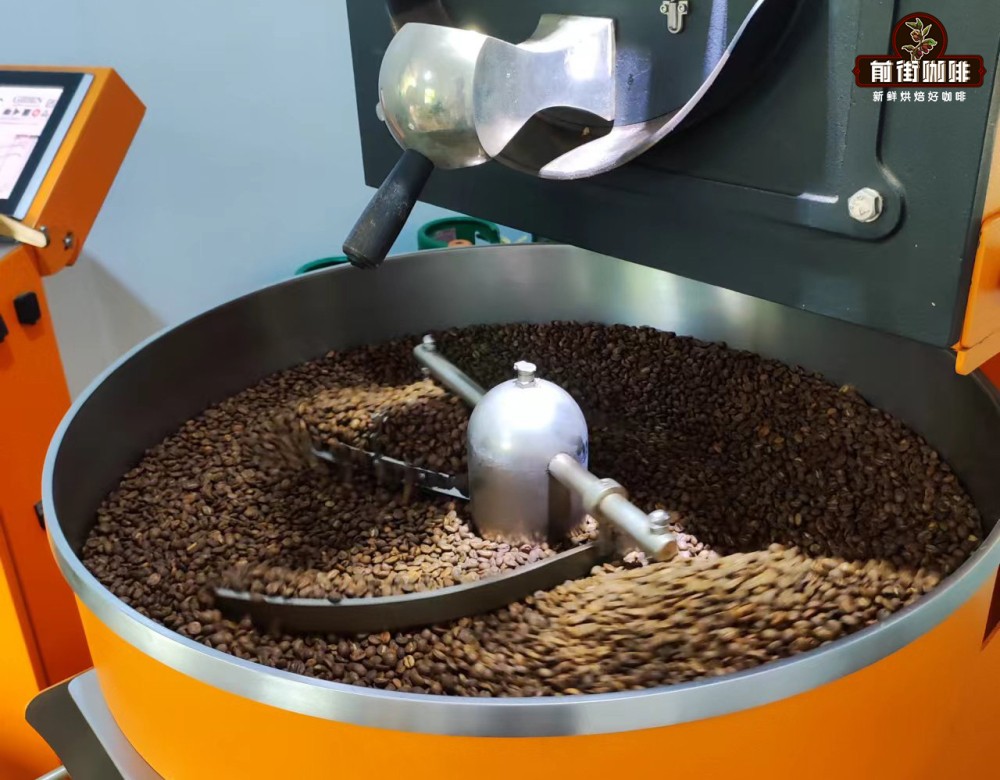
Parameters for brewing Guatemalan coffee on the front street:
Guatemalan coffee beans are medium-light roasted, and the dissolution rate of light-roasted beans is lower than that of deep-roasted beans. Qianjie recommends a V60 filter cup with faster flow rate, higher water temperature, and finer grinding.
Qianjie use medium fine grinding / fine sugar thickness (China 20 standard screen screening rate of 80%. Use 15 coffee powder, then brew with a V60 filter cup, a water temperature of 91 degrees Celsius, a powder-to-water ratio at 1:15 and a three-stage water filling technique.
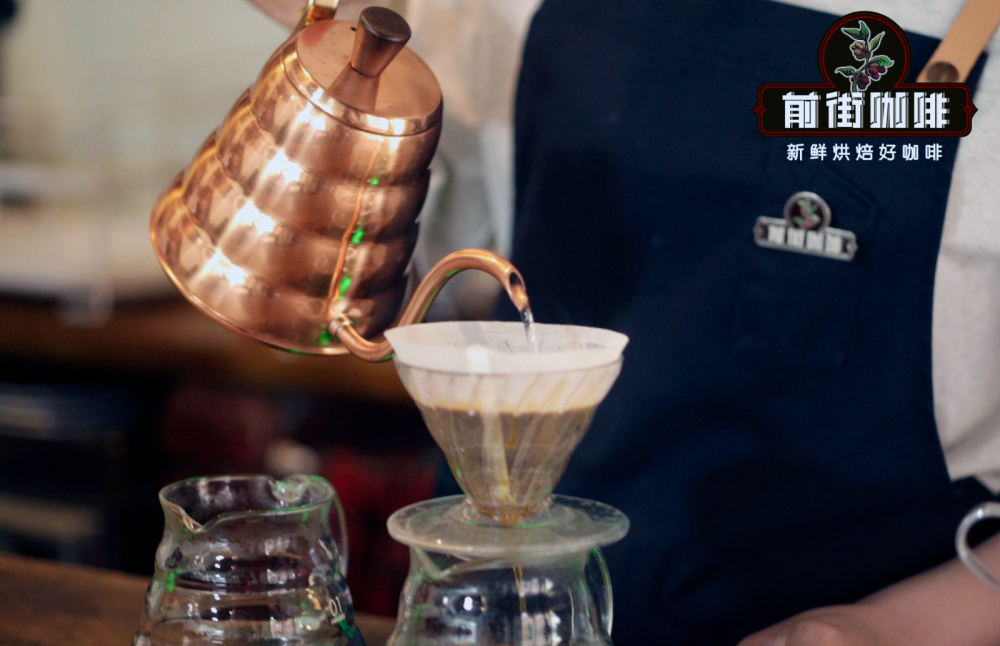
The use of three-stage extraction, with 2 times the amount of coffee powder water for steaming, that is, 30 grams of water for 30 seconds, and the reason for the need for steaming process is to make coffee powder can discharge the internal carbon dioxide gas, so that the latter stage of the extraction is better stable. When the small water is injected around the circle to 125 grams, the injection will be stopped until 225 grams, then the filter cup will be removed after the dripping of the filter cup, and the extraction time will be 2 minutes 39 grams. Next, pick up and shake the whole cup of coffee, then pour it into the cup and taste it.

Guatemala Vivette Nan Fruit Coffee flavor: citrus, berry acidity, lemon peel, nutty aroma in the middle, aftertaste.
Guatemala Flower God coffee flavor features: sour berries, citrus, light chocolate, rich layers, smooth taste.
Suggestions for making coffee in front of the street:
For the brewing of coffee, Qianjie has always believed that the freshness of coffee beans has a great relationship with the flavor of coffee, so the coffee beans shipped in Qianjie coffee are roasted within 5 days. The purpose of Qianjie roasting is "freshly roasted coffee", so that every guest who places an order is the freshest coffee when he receives it. The bean cultivation period of coffee is about 4-7 days, so when the guest gets it, it is the time when the flavor is the best.
For those who need to be ground, Qianjie warmly reminds you that if the coffee beans are ground in advance, there is no need to raise the beans, because in the process of transportation, the pressure caused by carbon dioxide in the package can also make the coffee flavor round. so you can drink a cup of coffee as soon as you receive the coffee powder. But the coffee powder needs to be brewed in time, because the coffee powder oxidizes more quickly after contact with the air, that is to say, the flavor of the coffee will dissipate more quickly, and the flavor of the coffee is not so good. Therefore, Qianjie suggests buying whole beans, grinding and flushing now, so that we can better taste the flavor of coffee.
For more boutique coffee beans, please add private Qianjie coffee on Wechat. WeChat account: qjcoffeex
Important Notice :
前街咖啡 FrontStreet Coffee has moved to new addredd:
FrontStreet Coffee Address: 315,Donghua East Road,GuangZhou
Tel:020 38364473
- Prev
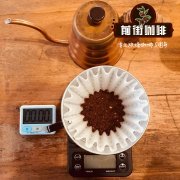
Elephant beans (Maragogype): the bean body is at least three times larger than the average Arabica and is the largest in the world.
Professional coffee knowledge exchange more coffee bean information Please pay attention to the coffee workshop (Wechat official account cafe_style) there are many varieties of coffee beans, we often see, one side is flat, there is a crack above, this is the two seeds in the coffee fruit side, this kind of normal beans we call it flat beans; some coffee fruits contain only one seed, it alone occupies the whole coffee fruit
- Next
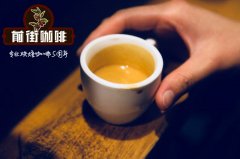
What is the development of small-grain coffee and its coffee history
Small grain coffee, also known as Arabica (Arabica), originated in Ethiopia, improved and cultivated from the Arabian Peninsula, is the most primitive and traditional Arabica coffee variety. Characteristics of native small-grain coffee: granules
Related
- Detailed explanation of Jadeite planting Land in Panamanian Jadeite Manor introduction to the grading system of Jadeite competitive bidding, Red bid, Green bid and Rose Summer
- Story of Coffee planting in Brenka region of Costa Rica Stonehenge Manor anaerobic heavy honey treatment of flavor mouth
- What's on the barrel of Blue Mountain Coffee beans?
- Can American coffee also pull flowers? How to use hot American style to pull out a good-looking pattern?
- Can you make a cold extract with coffee beans? What is the right proportion for cold-extracted coffee formula?
- Indonesian PWN Gold Mandrine Coffee Origin Features Flavor How to Chong? Mandolin coffee is American.
- A brief introduction to the flavor characteristics of Brazilian yellow bourbon coffee beans
- What is the effect of different water quality on the flavor of cold-extracted coffee? What kind of water is best for brewing coffee?
- Why do you think of Rose Summer whenever you mention Panamanian coffee?
- Introduction to the characteristics of authentic blue mountain coffee bean producing areas? What is the CIB Coffee Authority in Jamaica?

